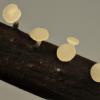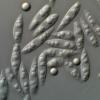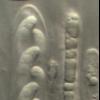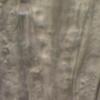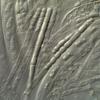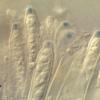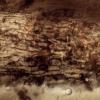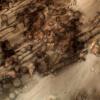
07-12-2025 16:07
Arnold BüschlenHallo, ich habe in einer Moos-Aufsammlung (epiohy

16-03-2014 22:00
Hello,I found this species a few months ago but ha

08-12-2025 13:39
Thomas Læssøehttps://svampe.databasen.org/observations/10572899

05-12-2025 17:33
 Bruno Coué
Bruno Coué
Bonjour, je serais heureux de recueillir votre avi

07-12-2025 09:24
De la pasada semana en Galicia EspañaEn el suelo

06-12-2025 00:19
 Viktorie Halasu
Viktorie Halasu
Hello, would anyone have this article, please? An
Hymenoscyphus aesculi
Chris Yeates,
02-09-2020 19:12

Bonsoir tous
Following on from a previous thread: http://www.ascofrance.com/search_forum/19553 in the same locality (and interestingly also in August) I made a fresh collection of this species, on petioles and leaf-veins of Aesculus hippocastanum. Now, with the advantage of better optical equipment it seems a good idea to add some images, and in the hope that others might look out for this species which seems to favour damp periods in late summer on this host.
What can be seen is the characteristically-shaped spores commented upon by Zotto in the previous thread - in one case (image included) the spores were seen to have formed an elegant spiral within the ascus. Asci have typical Hymenoscyphus-like IKI+ apical apparatuses and no croziers. The paraphyses in this collection showed well the VBs in various stages of development.
Of particular interest was the presence, in one of the large apothecia from a petiole, of obvious crystals in the blackened stem-base - mostly small, but the large conglomerated one in the final photograph measured 20µm at its widest dimension. In the description of Hy. aesculi the absence of crystals is stressed, so they perhaps should be viewed as extremely rare.
Cordialement
Chris
Hans-Otto Baral,
02-09-2020 20:53

Re : Hymenoscyphus aesculi
Bonsoir Chris
great pics!
There are in the meantime 5 sequences from very different arreas, and all concur well.
About crystals: Never seen them here. What would be good is to make a section of the stem base to see if they are inside the medulla or not. This is not difficult, one must cut the stem somewhat above its base and then with a razor blade under the bino a vertical section. Perhaps also a cross section through the stem would work.+
Amicalement
Zotto


